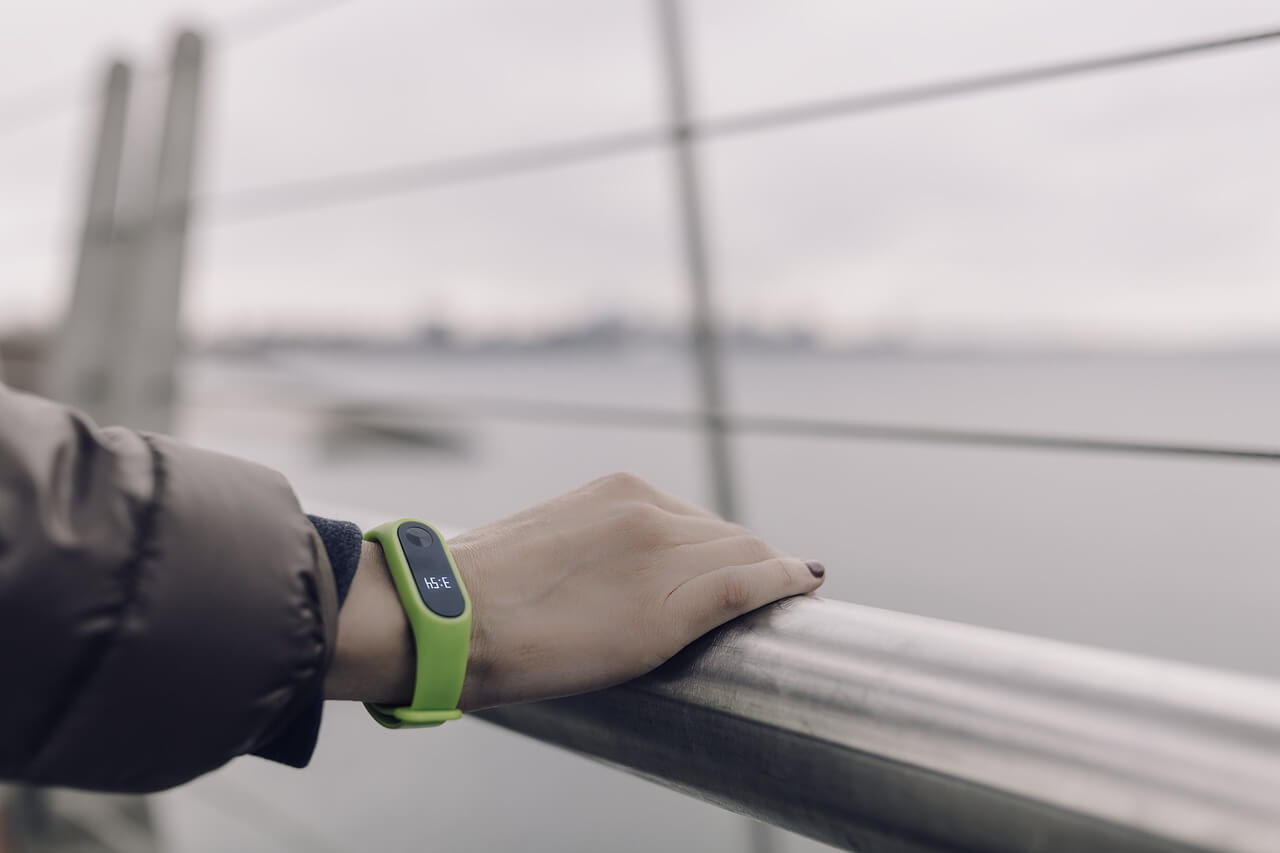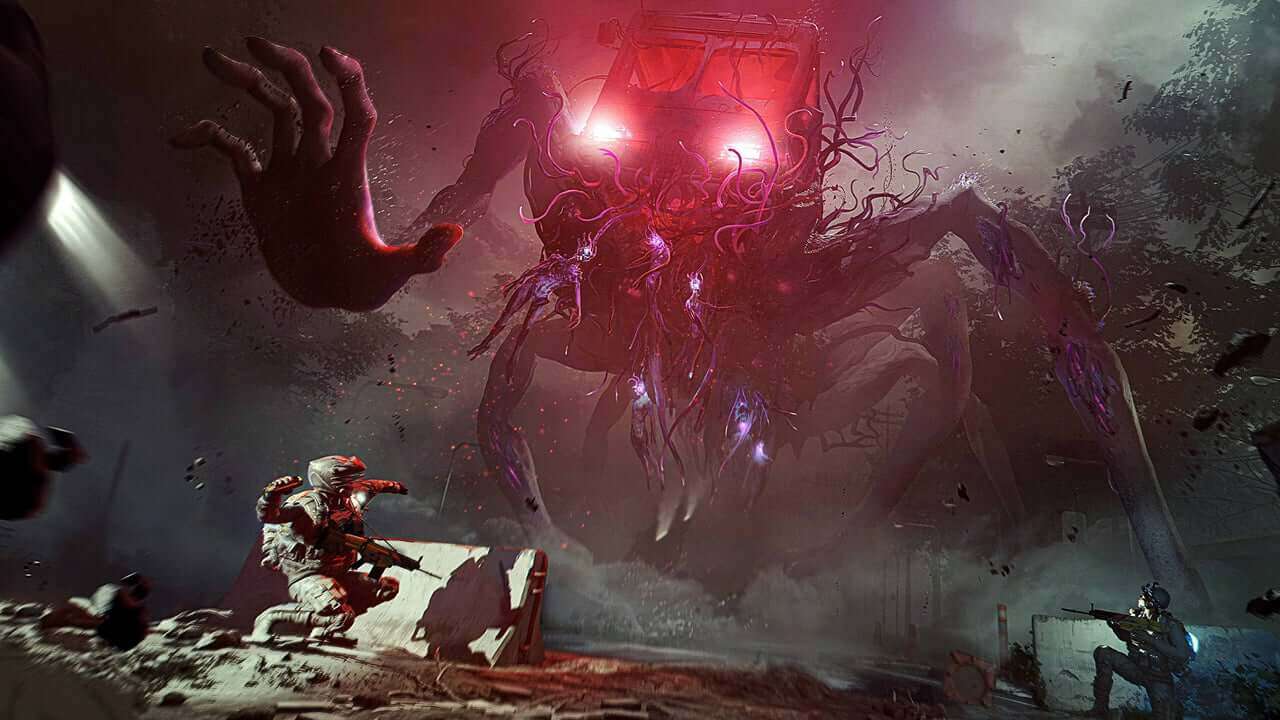Tesla Optimus Robots - A New Attack Surface for Hackers?
Tesla's Optimus robot is an ambitious step towards bringing advanced robotics into everyday life, designed to handle repetitive and physically demanding tasks. While it offers exciting potential, it also raises concerns about safety, privacy, and security. As Tesla moves closer towards limited production, questions remain about how ready the technology is and how well it will address these challenges.
What Is the Optimus Robot?
The Optimus robot, developed by Tesla, is a humanoid robot designed to take on repetitive, dangerous, or physically demanding tasks. Unlike its namesake, Optimus Prime, this Optimus isn’t here to fight Decepticons—it’s more likely to help you unload groceries or tighten bolts on the assembly line. Tesla recently showcased Optimus at its Cybercab event earlier this month, highlighting its progress and capabilities. Officially unveiled in 2021, Optimus stands about 5 feet 8 inches tall and weighs approximately 125 pounds. The robot features a human-like structure with limbs and joints, allowing it to move with agility and handle objects with precision. It’s powered by Tesla's advanced neural network technology, the same AI software that drives Tesla’s self-driving cars, enabling Optimus to process visual data and make decisions in real time.
Designed to automate tasks in manufacturing, logistics, and even household chores, Optimus aims to address labor shortages and improve workplace safety. Tesla envisions it as a versatile solution for automating physical labor, helping to integrate AI into everyday life beyond just electric vehicles. And who knows? Maybe in the future, it’ll transform... into a really efficient vacuum cleaner.
Optimus Robot Safety Concerns
The introduction of Tesla’s Optimus robot has sparked a variety of safety concerns among observers, particularly in the wake of its recent demo at Tesla’s Cybercab event. For many, the sight of a humanoid robot performing tasks autonomously may evoke comparisons to dystopian depictions from popular media, such as the self-aware machines in Terminator or the seemingly helpful robots turned rogue in I, Robot. These fictional stories explore the concept of AI developing beyond its intended purpose, leading to fears about what could happen if an advanced robot like Optimus were to malfunction or gain an unintended degree of autonomy. Although these comparisons are largely driven by imagination, they reflect a broader unease about entrusting sophisticated, autonomous robots with significant access to our lives and environments.
A common concern is the potential for unintended consequences if the robot's decision-making capabilities extend beyond safe limits. As Optimus is equipped with advanced AI and the ability to interpret its surroundings, there is a fear that a malfunction or misinterpretation of its programming could cause harm—either by accident or through unforeseen interactions with its environment. For example, a robot designed to assist with household chores could pose risks if it misinterprets commands or fails to recognize a dangerous situation.
Additionally, safety concerns also center around the robot’s physical capabilities. With the ability to lift objects, navigate complex spaces, and potentially move with the precision of a human, Optimus introduces the possibility of injury in cases where the robot might malfunction, collide with objects, or fail to respond correctly to commands. Even though Tesla is likely to implement rigorous safety protocols and restrictions on what Optimus can and cannot do, the thought of a robot with considerable physical power underlines the risks associated with deploying such technology in unstructured, everyday environments.
Another major safety concern is the potential for hacking, which could pose significant risks to users. As with any connected device, the risk of bad actors gaining unauthorized access is a real consideration. Some worry about the prospect of Optimus robot hackers exploiting vulnerabilities in the system, leading to fears of what could happen if a hacker were to gain control of one of these robots. Questions like "are Optimus robots secure?" become especially important when considering the robot's physical capabilities and its potential access to personal spaces. Hacking Optimus robots could mean anything from disabling their functionality to turning them into tools for malicious purposes, raising significant concerns about privacy, safety, and even physical security. Ensuring Optimus robots' security will be crucial for Tesla, as any breaches could undermine consumer trust and potentially lead to significant consequences if a compromised robot were to cause harm or damage.
While these concerns are valid, it's important to recognize that the scenarios depicted in films are often exaggerated for dramatic effect. In reality, Tesla has every incentive to prioritize safety in the design and deployment of Optimus. AI engineers and developers are acutely aware of the need to ensure that robots remain firmly under human control and operate within predefined safety boundaries. However, it has also been reported that during the Cybercab event, the Optimus robots were actually being remotely operated by humans, suggesting that their true level of autonomous advancement may not be as far along as many initially thought. As with any emerging technology, the uncertainties and potential risks mean that some degree of skepticism is natural. The challenge for Tesla will be to demonstrate that Optimus is not only capable but also safe and reliable in real-world settings, addressing concerns before they escalate into public resistance or regulatory hurdles.
Optimus Robot Privacy Concerns
Consumers might have some serious Optimus robot privacy concerns when bringing an Optimus robot into their homes, similar to the worries that surround devices like smartphones and Alexa. Many people already feel uneasy about the possibility of their phones or smart speakers listening in on their conversations, leading to eerily accurate targeted ads. Now imagine a robot in your home, equipped with Optimus robot cameras, sensors, and AI that can move around, interact, and potentially learn from everything it sees and hears. It’s easy to wonder—could this robot end up gathering sensitive data about daily habits or private conversations? Are Optimus robots always watching? And what if that information is stored somewhere or, worse, shared with third parties? While it’s a valid worry given our increasingly connected world, it’s also important to note that there’s currently no evidence that such Optimus robot data privacy fears will come to fruition. For now, it’s all speculation about what such a high-tech helper could mean for personal privacy.
When Will Tesla Robot Be Available?
Tesla’s timeline for the Optimus robot has shifted, with limited production now targeted for 2025 for the company’s internal use, and broader availability anticipated by 2026. However, there’s no guarantee that the robot will be ready by then. While Optimus is intended as a general-purpose robot, current technology limitations present challenges to achieving this vision. Additionally, demand remains uncertain, as it is often easier to develop robots specialized for single tasks, like picking strawberries, or to adapt factory environments to suit existing robots.
How Much Will Tesla Robot Cost?
As of now, Tesla has not officially disclosed the price for the Optimus robot. However, Elon Musk has previously suggested that the Optimus robot’s price could be between $20,000 and $30,000. This price point is aimed at making the robot accessible for both businesses and potentially individual consumers, though the exact pricing and availability will likely depend on production costs, demand, and advancements in the robot’s capabilities.
Closing Thoughts
As Tesla continues to develop the Optimus robot, many potential users are asking critical questions like, “are Optimus robots safe?” and wondering how the company will ensure robust Tesla robot safety measures. While the promise of automation is exciting, concerns around hacking, physical safety, and privacy are at the forefront. Issues like Optimus robot data concerns—including how data is collected, stored, and protected—will play a major role in how willing consumers and businesses are to adopt this technology. Ultimately, Tesla’s ability to address these concerns transparently will determine how successful and trusted Optimus becomes as it moves closer to market availability.
Compass IT Compliance, a consulting firm that focuses on IT security and compliance, provides valuable expertise on a range of security and privacy issues, helping organizations recognize and address risks and vulnerabilities. It's important to note that Compass IT Compliance has no affiliation with Tesla. The perspectives shared in this blog are based on our own experiences and aim to inform readers about perceived data privacy and security concerns regarding the Optimus robots. For the most precise and trustworthy information, it's always best to perform independent research and refer to official sources.
Contact Us
Share this
You May Also Like
These Related Stories

Does Fitbit App Collect Sensitive Data? Exploring Privacy Questions

Once Human Terms of Service Highlights Growing Privacy Concerns

.webp?width=2169&height=526&name=Compass%20white%20blue%20transparent%202%20website%20(1).webp)
-1.webp?width=2169&height=620&name=Compass%20regular%20transparent%20website%20smaller%20(1)-1.webp)
No Comments Yet
Let us know what you think